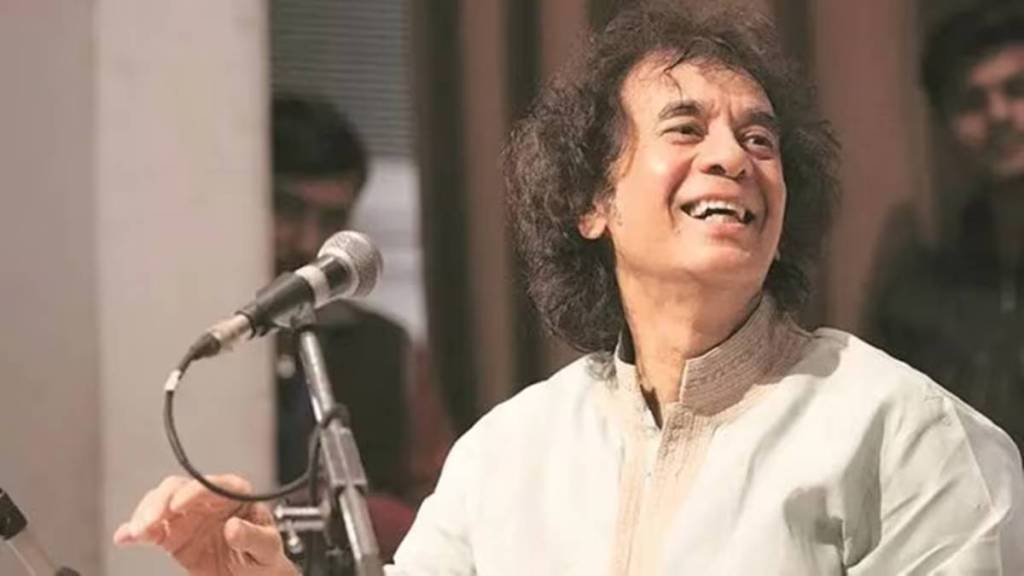By Aditya Jangid
Tagore’s promotion of Indian classical music can be considered as reinforcement made by the well-known maestro colored Tabla Zakir is the voice that makes Taj Mahal Tea’s advertisement campaigns one of the greatest ones. They have not just taken the brand to the heights of perfection but integrated tradition, culture and scientific marketing in a perfect blend. The increase of classical music and advertisement is a case study in how the past can be integrated into a story which is likely to withstand the test of time.
Zakir Hussain: The Cultural Bridge
Taj Mahal Tea Zakir Hussain has fascinated the lovers of Indian classical music beyond measure due to his ability to negotiate space between the traditional and contemporary music world with ease. In simplest terms, Taj Teas endorsed his products, as Hussain’s works are art that contains all the essence of perfection, and authenticity, timelessness.
The advertisement developed the catch-phrase “Wah Taj!” which engaged the audience and spread the culture of appreciation. His artistic works made him a powerful, appealing and effective spokesperson of the Taj Mahal Tea brand which redefined the audience’s notions with respect to Taj Tea marketing as an organic connection between classical music and Taj Tea existed. His tabla solos in the advertisements became an auditory cue for sophistication, subtly linking the rhythm of his performance to the sensory experience of savoring fine tea.
Advertising Meets Heritage
The brilliance of the Taj Mahal Tea campaigns lies in their ability to step over mere transactional advertising focus. Rather than emphasizing only on features or price, the brand liabilities itself to be a mouthpiece for peddling itself for civilization. Campaigns associated with the likes of Zakir Hussain and Indian classical music crafted feelings and stories that the people who saw the advertisements could connect with.
This way also, it was shown how a brand can use its cultural figures to instill confidence and some level of affinity. The commercials were not simply about tea – it was a narration of the spirit, the creativity, the love and the hard work that went in the making of an item whether it is an excellent table play or the best quality cup of tea.
Taj Mahal Tea has for over four decades set the pace and standards in the Indian FMCG marketplace through leadership. More so, its association with Zakir Hussain reinforced a potent marketing principle: Old brands shouldn’t be amended but must adjust to current norms. As the campaigns added the facet of Indian aesthetics, they were primarily aimed at striking a type of national identity and modernity at the same time.
In addition, the advertisement campaigns popularized Indian classical music to a large section of the society. Not only did this enhance the brand image, but it aided to the enhancement and coining of a vital element.
Takeaways for Modern Marketers
The rise of Zakir Hussain and Taj Mahal Tea advertising leaves useful lessons for marketers today. In an age dominated by the flash-in-the-pan, the strength of testimony and cultural positioning emerges powerfully. There are brands that can retell their stories within the context of a new world while drawing on the deeper elements of that world’s civilization.
While the digital world changes the shape of advertising, Taj Mahal Tea campaigns are an example of how marketing can be creatively used. The contribution of Zakir Hussain was not limited to the performance on the screen, but rather the creation of a world that cherished the music, art, and commerce in perfect reconciliation, a world that shall continue to inspire ages and ages to come.
The author is Managing Director, AdCounty Media. (Views expressed are the author’s own and not necessarily those of financialexpress.com)


